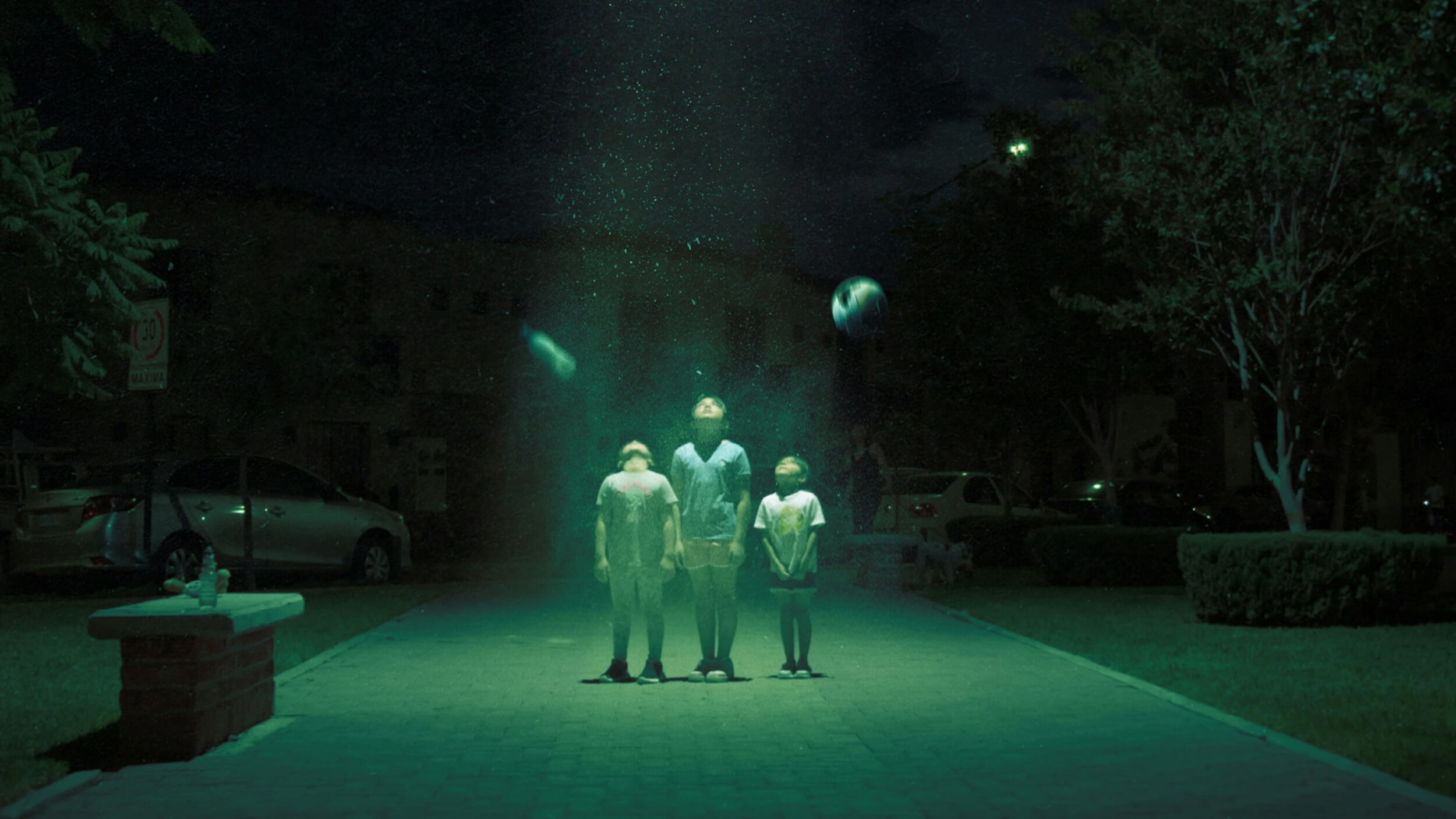Ape, All Too Human

If you’re heading to the movies this summer, chances are you’ll see apes acting like humans on the big screen. In two very different films released this month, seemingly human or super-human intelligence is achieved in apes–in one case through the manipulation of nature, and in the other case through nurture. The first film is the blockbuster, Rise of the Planet of the Apes, a reboot of the 1960s Planet of the Apes science fiction franchise that dramatizes an ape rebellion and the subsequent struggle from primate supremacy in a post-Apocalyptic world.
Weta Digital/20th Century Fox
Many will find this film a welcome distraction from all the news of real-life wars, riots and financial meltdowns we’ve experienced this summer. And yet it is another film about apes–in this case, chimpanzees–that promises to provoke big thinking.
James Marsh’s new film, Project Nim, tells the story of a chimpanzee that was taken from its mother at birth and placed under the care of a human mother. The Chimp, named Nim Chimpsky–after linguist Noam Chomsky–was the subject of a radical animal language acquisition study. Raised as a human and taught sign language, it was thought that Nim would be able to acquire enough words and grammar to communicate with humans. Nim develops a vocabulary of 120 words along with a strong inclination for biting people.
Big Think recently interviewed James Marsh about this film. Read the interview after watching the trailer of Project Nim here:
Big Think: “Project NIM” asks the question of the extent to which the inner life of a chimp is like the inner life of a human, and if we could bridge the gap and communication, whether we’d see something more like us.
James Marsh: The idea of the experiment that the film starts with was to try to figure out, if you gave a chimp the skills of language to find out what he was thinking about. Now, the experiment didn’t end up reaching those very high optimistic objectives. But clearly in the course of this study, in the course of Nim’s life and indeed our film, you could understand an overlap between the species, which is basically on the level of the emotions. That Chimpanzees definitely have an emotional life that is comparable to our own; it’s quite complicated, it’s quite sophisticated, they feel emotions in the same way that we do.
But the overlap is sometimes more interesting than that. And one of the things that’s quite striking about Chimpanzees is that they are very hedonistic as a species they seek altered states and they seek the same kinds of, you know, kind of stimulation that we do in that respect. So our Chimpanzee likes to smoke marijuana and drink beer and actively seeks those out. And so that appears to be hardwired behavior. In other words, he appears to have an innate desire for an altered state. And we heard tales of Chimpanzees in an institution that would cue up for Ketamine, which is a very powerful horse tranquilizer, it’s also a hallucinator. So Chimpanzees in that respect have this desire for an altered state that we have.
The other quite striking element about Chimpanzees is they’re very aggressive in ways that actually show human aggression in a very interesting light too. Chimps can kill each other, but not nearly as aggressive as we are. I think that’s one of those interesting aspects of our film that you see Nim the Chimp as he occasionally is behaving quite violently towards people around him. And you kind of think, oh this is terrible, he’s, you know, what a violent little creature he is. But in fact his aggression is much less dangerous to the world that he lives in than ours is. So that, I found that kind of intriguing.
One of the things that the film shows you is there is a kind of limit to how we can communicate with other animals and in fact perhaps there is a lesson to be learned from the story of Nim in that the attempt was to try and teach Nim human language, human grammar. And in fact, there was never an attempt to understand his language, his repertoire of communication and signs and body language, it’s very rich in Chimpanzees. And so we imposed upon him the constructs of language and he resisted that. He was able to learn signs and use them for his own ends, but we gave him the tools to deceive us essentially, not to communicate with us. He uses signs to get what he wants and to get out of situations he doesn’t want to be in.
So to answer your question directly, there is an overlap in our, in our lives. But it’s very hard to quantify what that is in any sort of scientific way because we can’t, we have to understand ourselves better first, I think, before we can understand the Chimpanzee and their inner lives.
Big Think: In “Project NIM,” I felt the story becomes less about finding the humanity in the animal and more about finding the–
James Marsh: The animal in the human. Of course, as a filmmaker, you’re looking for certain types of stories that are amenable to be told in a documentary–not all stories would work. Some stories work much better in a book than they would in documentaries, which tend to work in quite broad strokes.
So you’re excavating in territory that is already there and you’re looking to put together your version of that story. And as a dramatist, which is what all filmmakers are ultimately, you’re looking for the dramatic elements of a story and how they would conform to essentially the arc of a fictional story. So our story, in many ways, is more like an 18th century novel. There’s a whole genre of the very early novels in the English language where life stories, were written by Defoe and Fielding and Richardson. They would either invent or, indeed, find a real life story and lay it out for you as an instructive kind of story. This life was like this and you could learn from it. And I felt the story of Nim was a little like that. It was like a Bildungsroman which is a German word for the life story as an instructive kind of narrative.
That felt to me part of what this story was about. It was to take the life story of an animal and understand that animal’s behavior, his, you know, what happened to him, what became of him. And indeed the people he befriends who become his companions, who becomes his antagonists and try and understand you know, what that life story means as a reflection on our human world as well as on the animal’s life arc.





